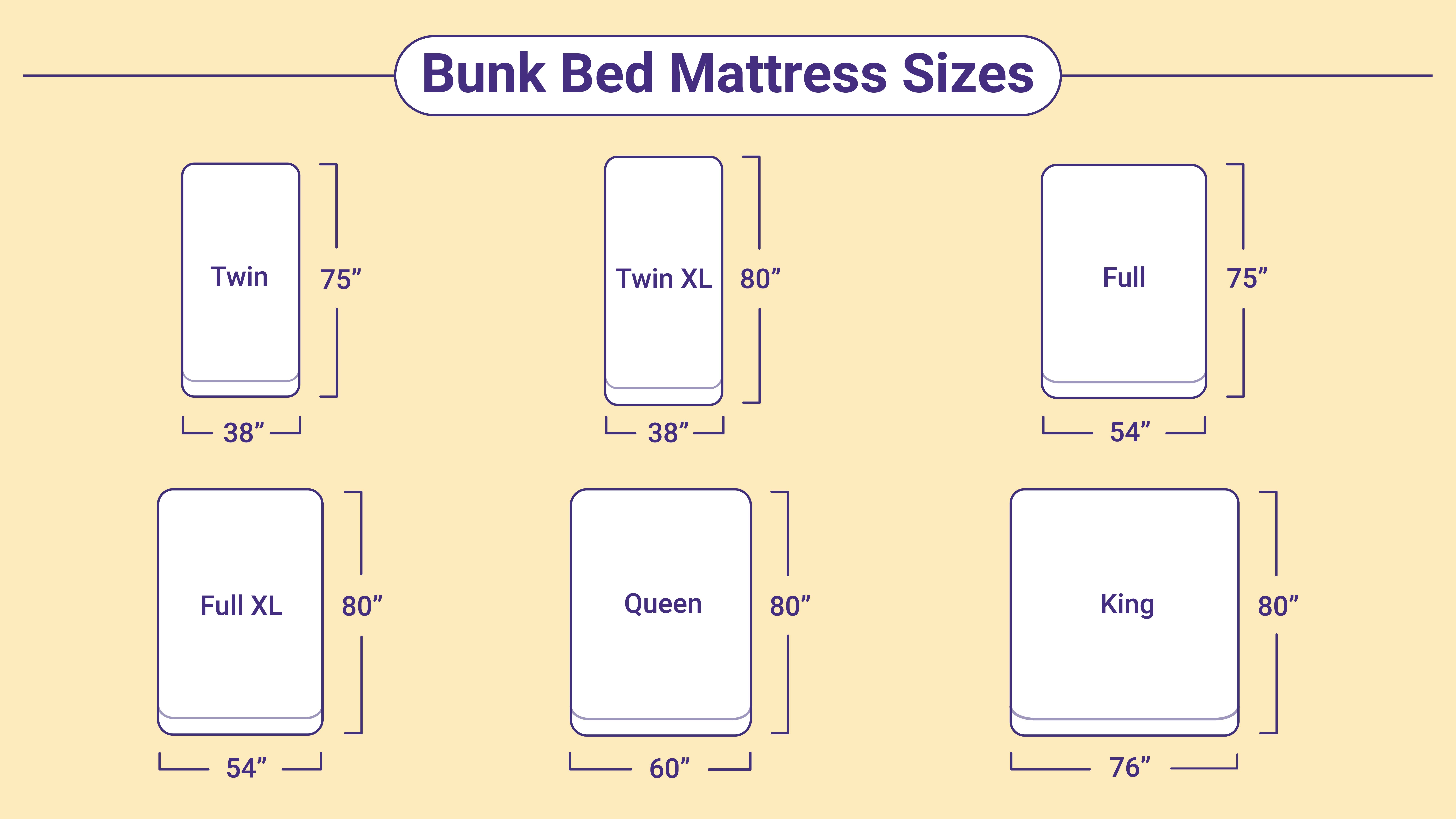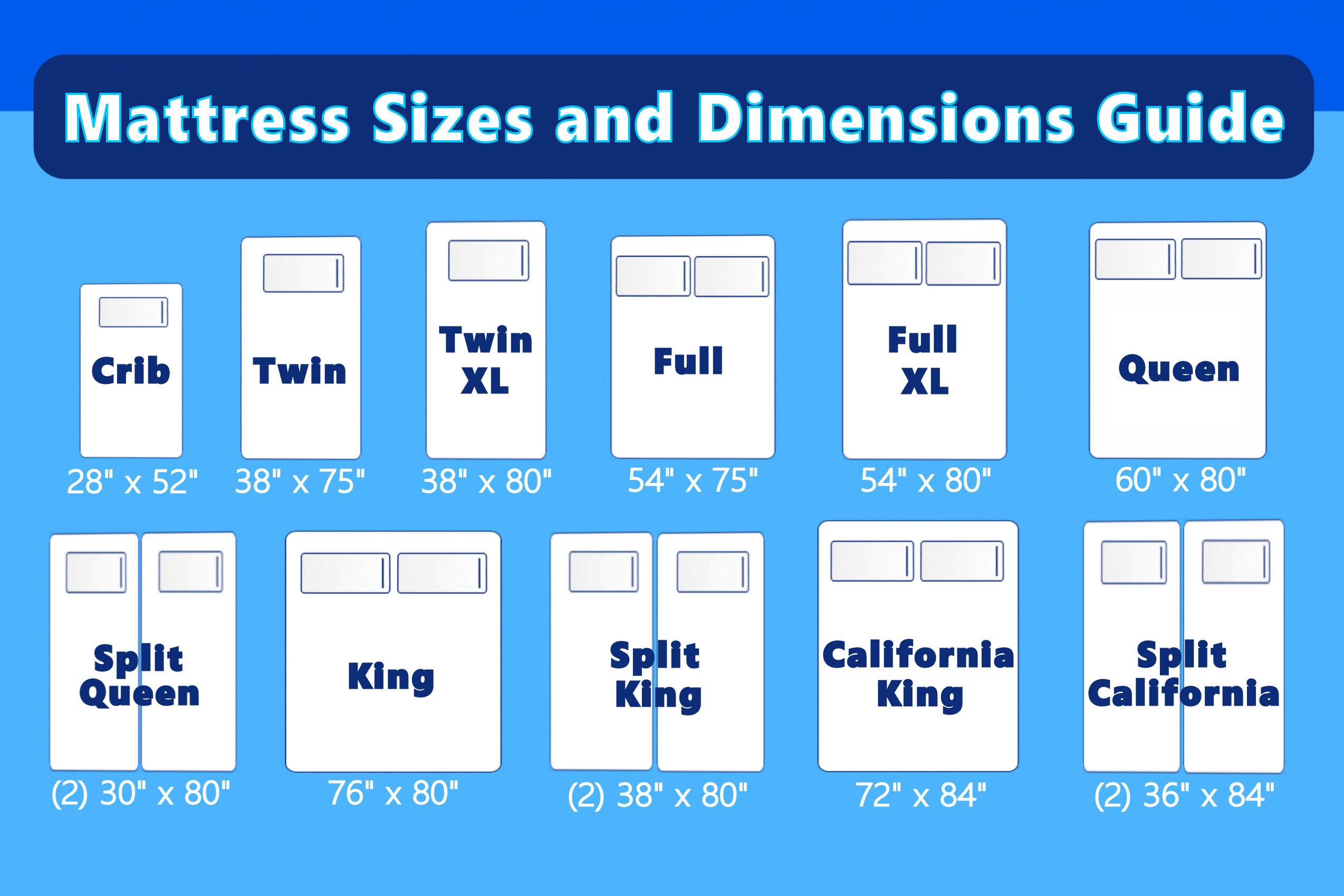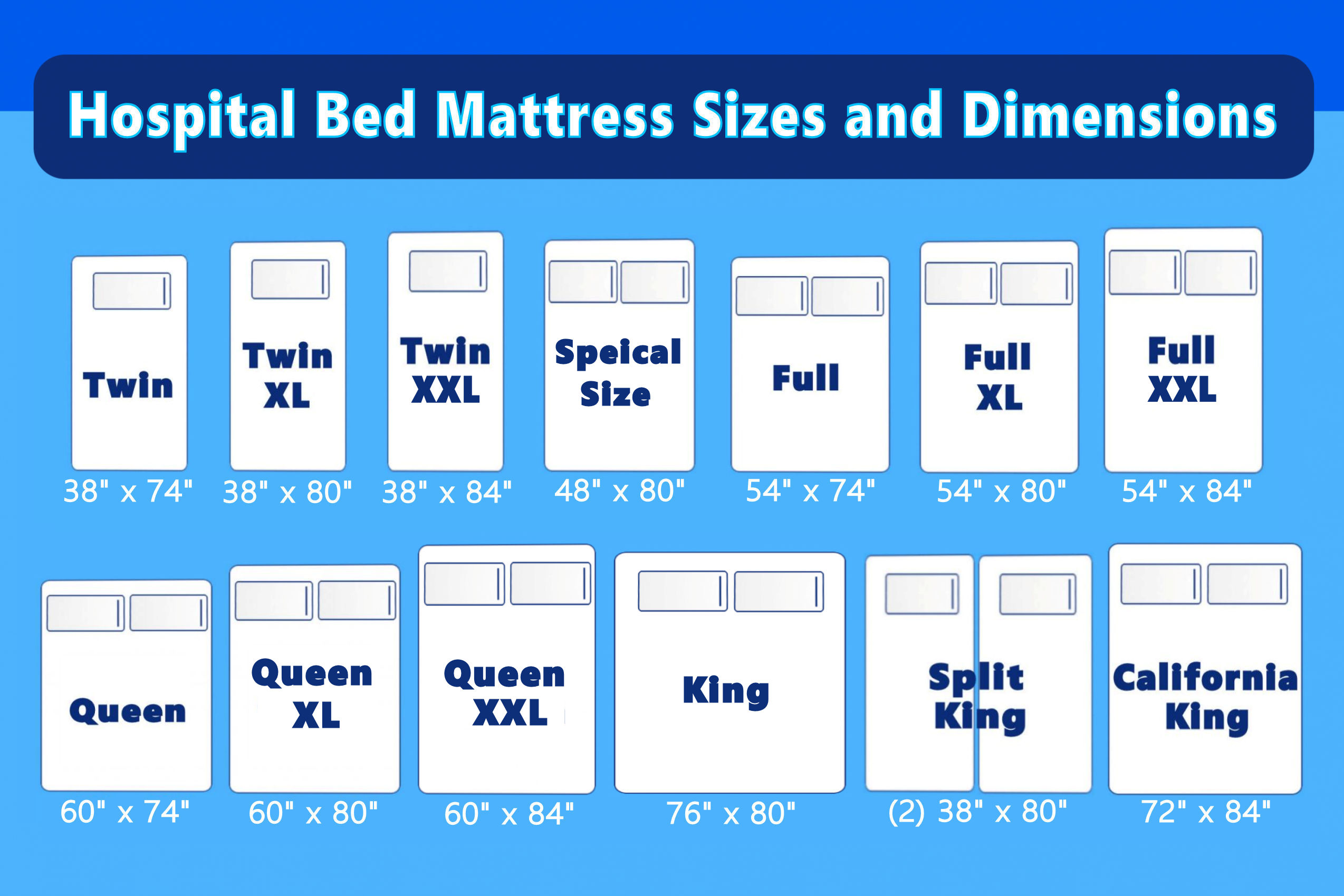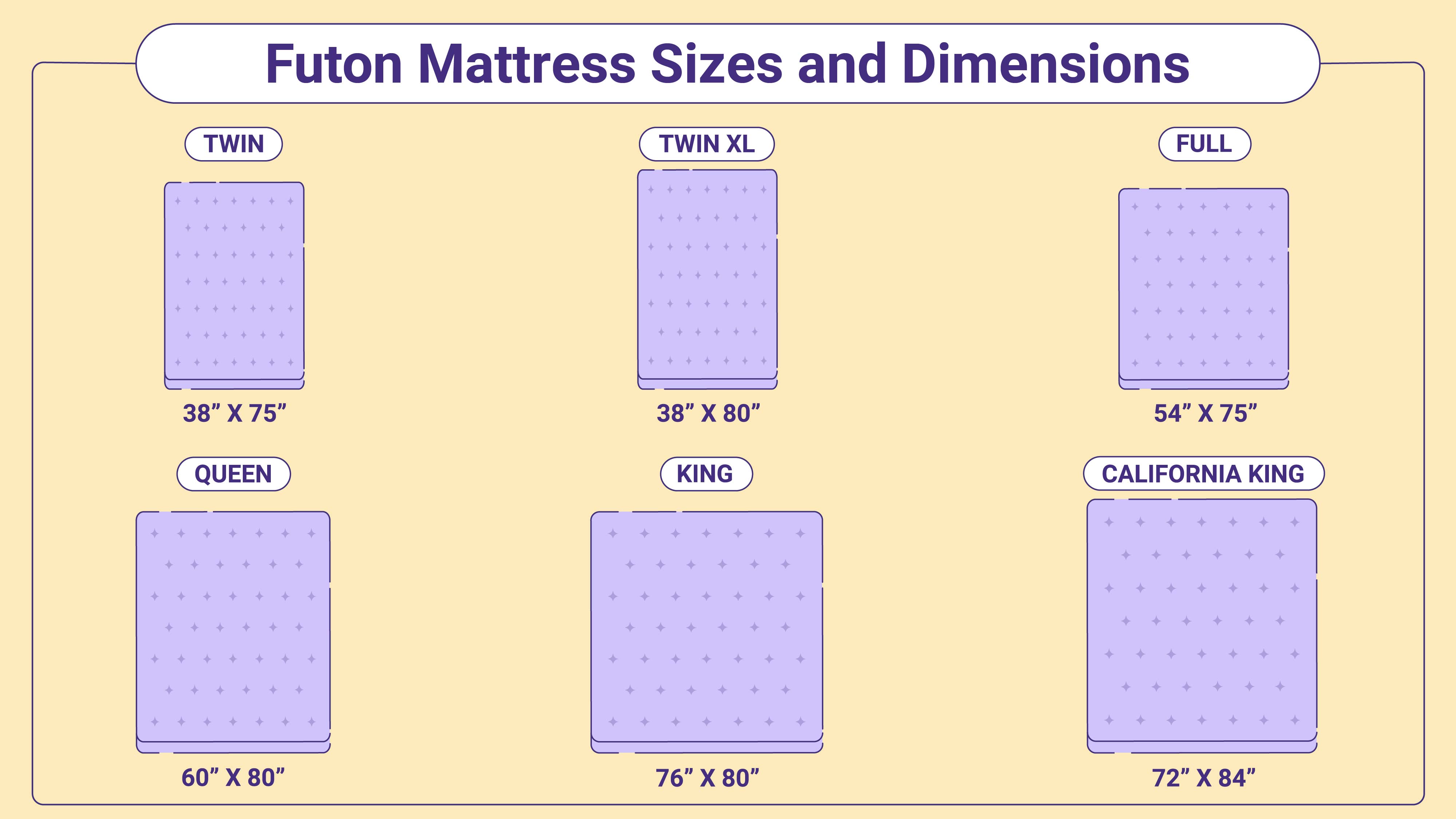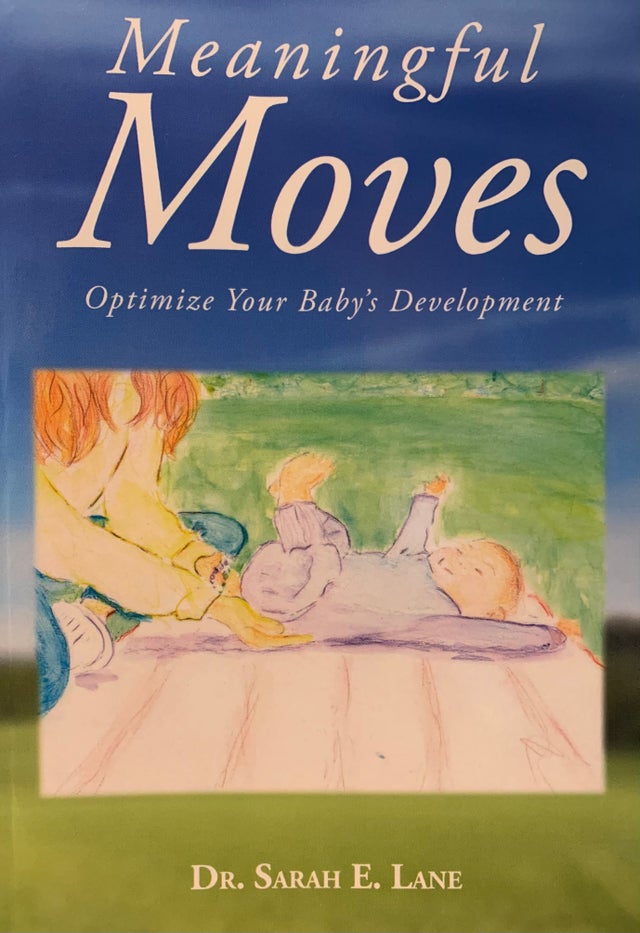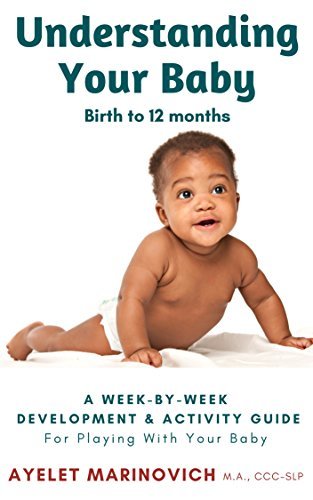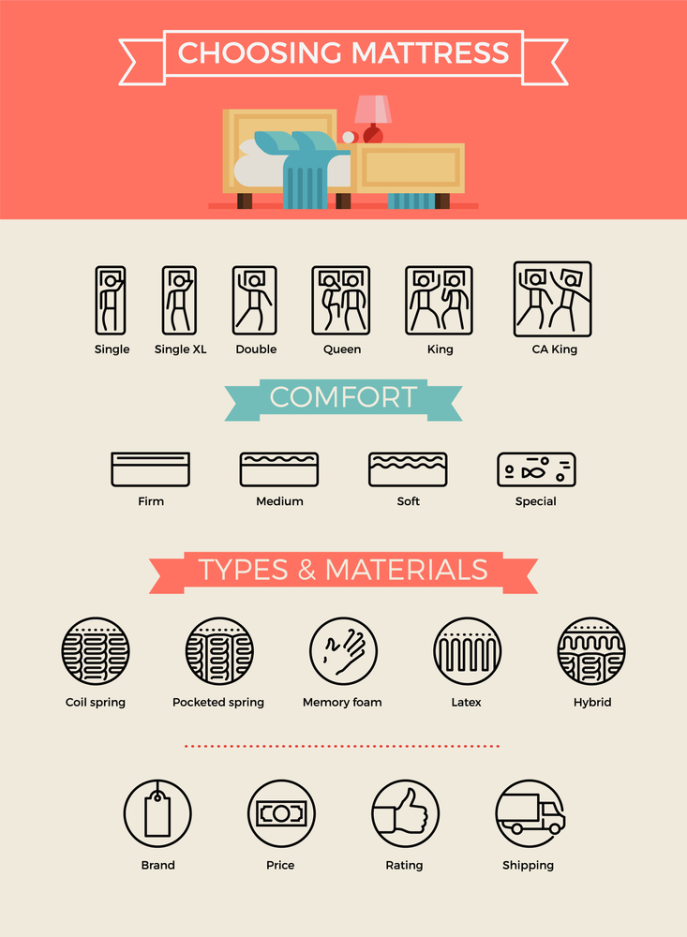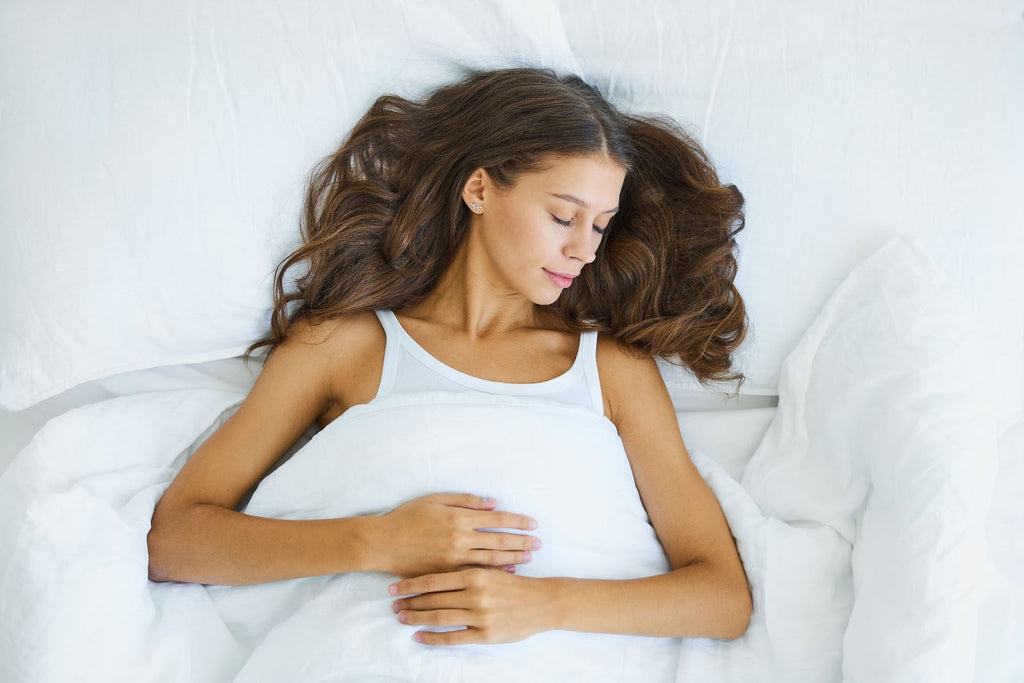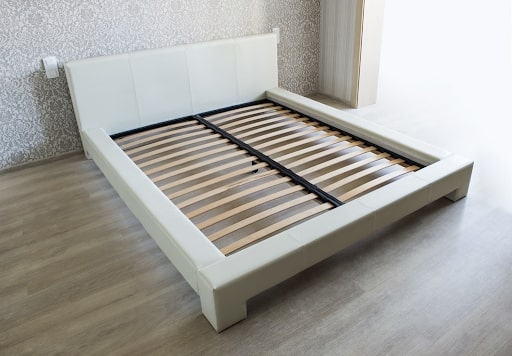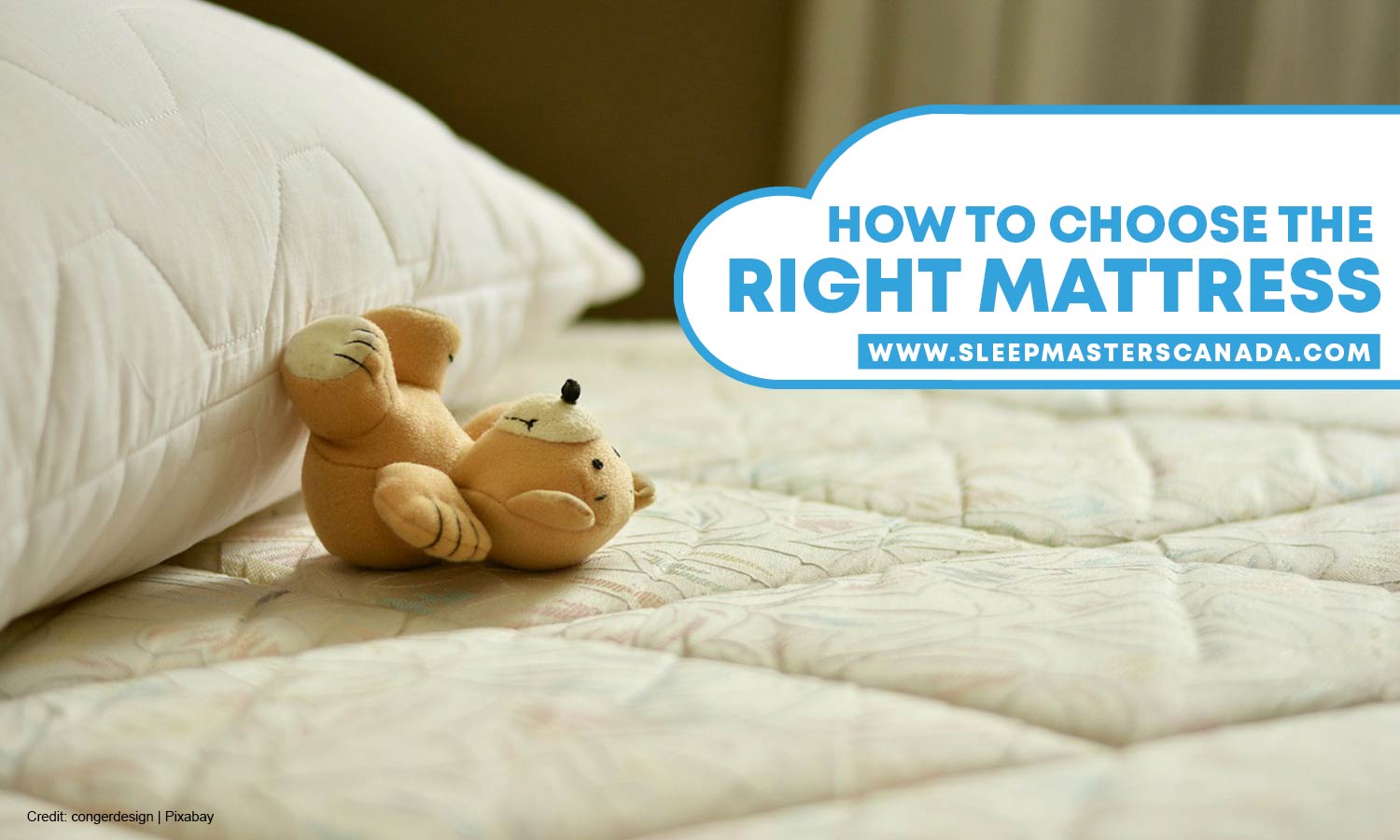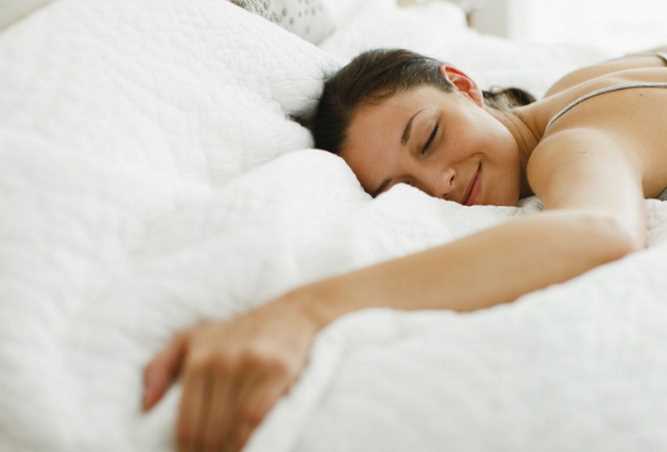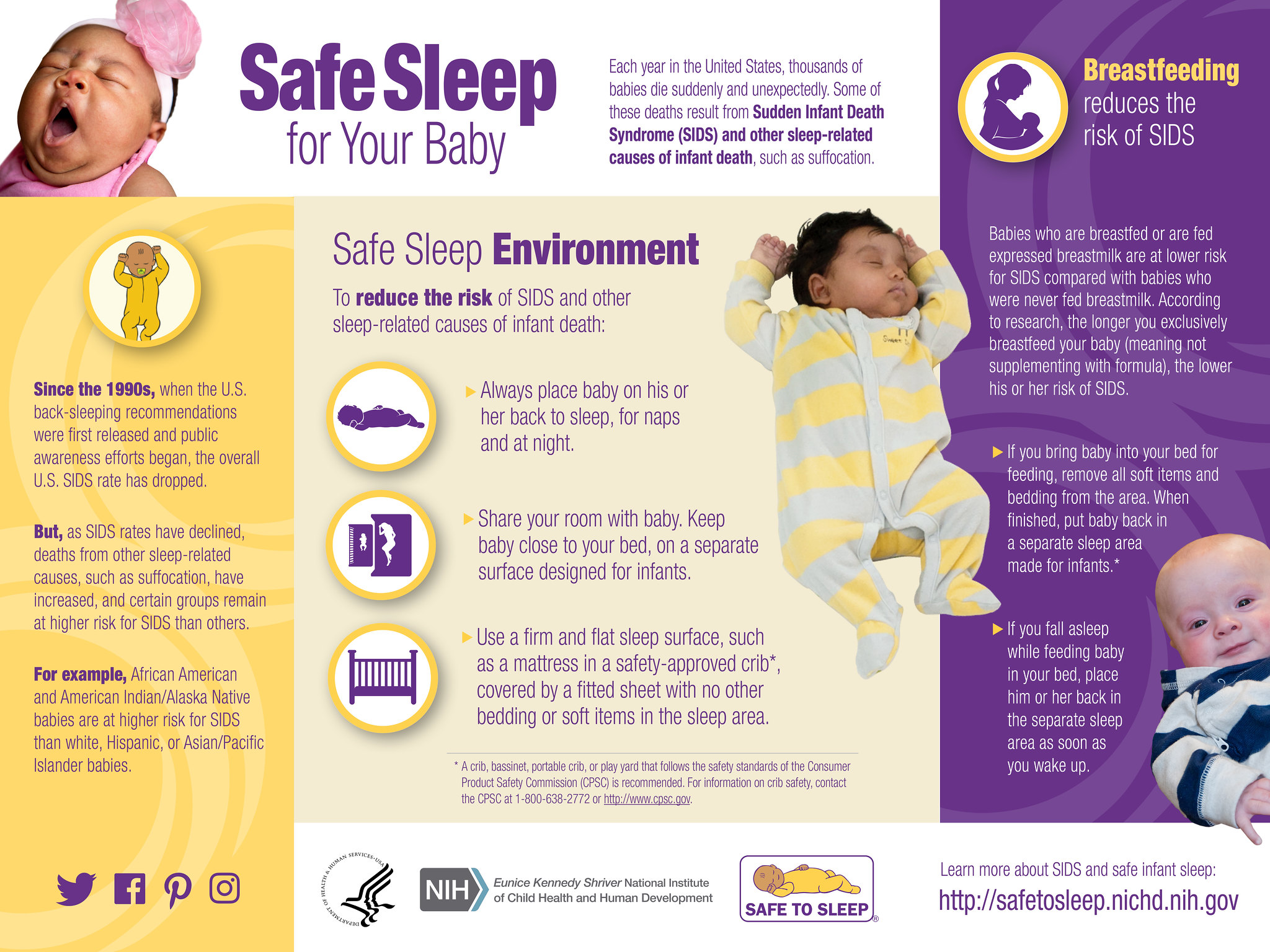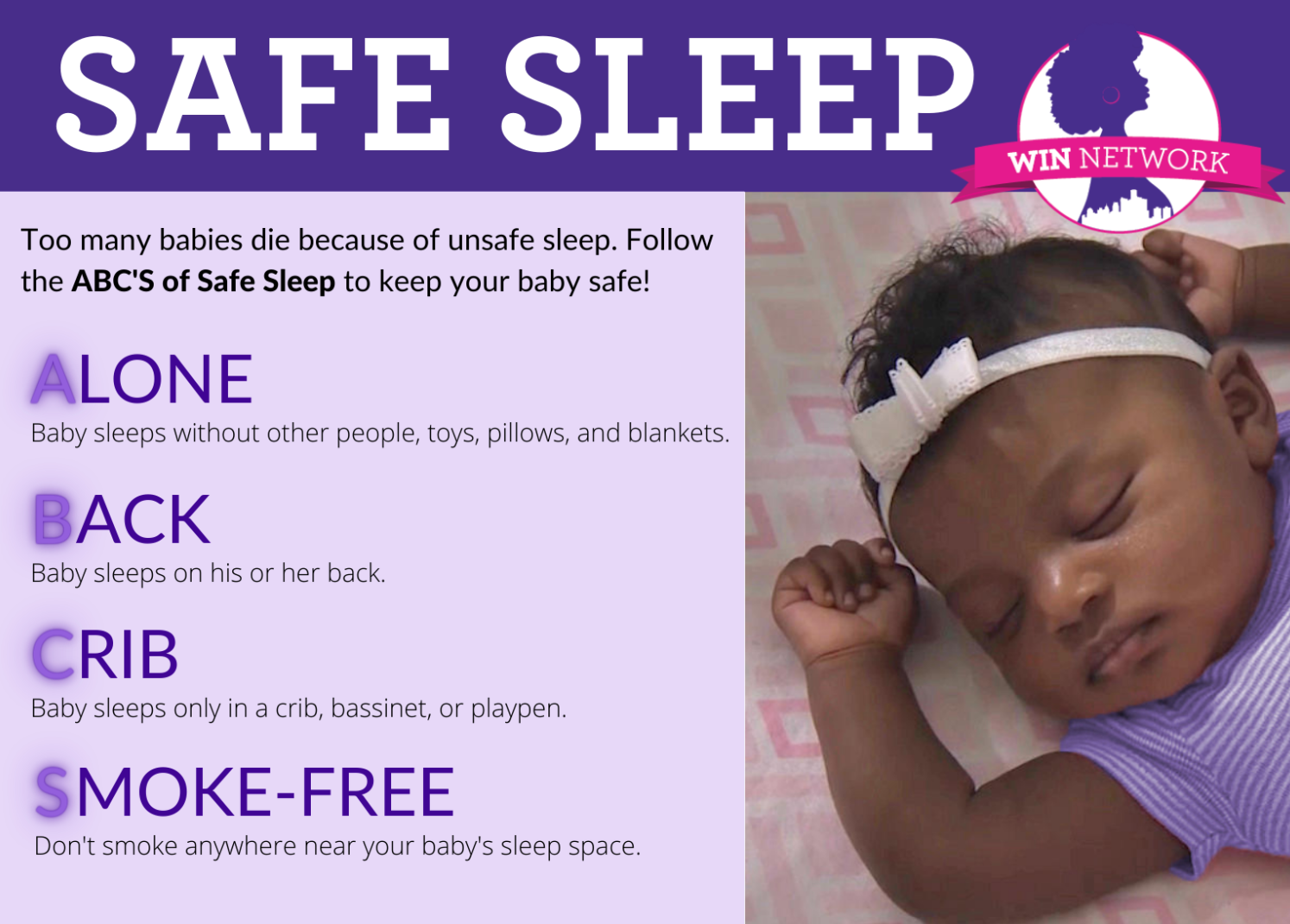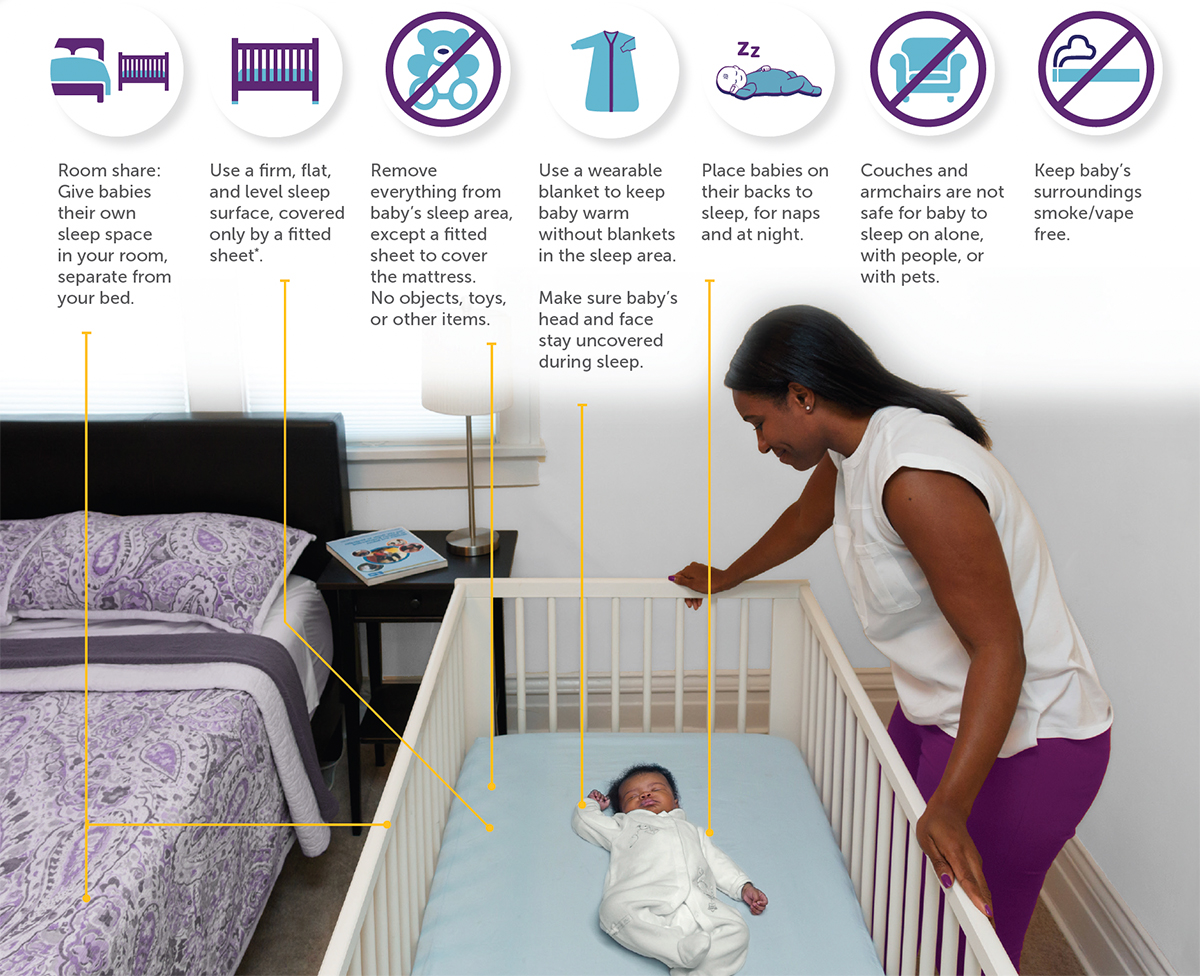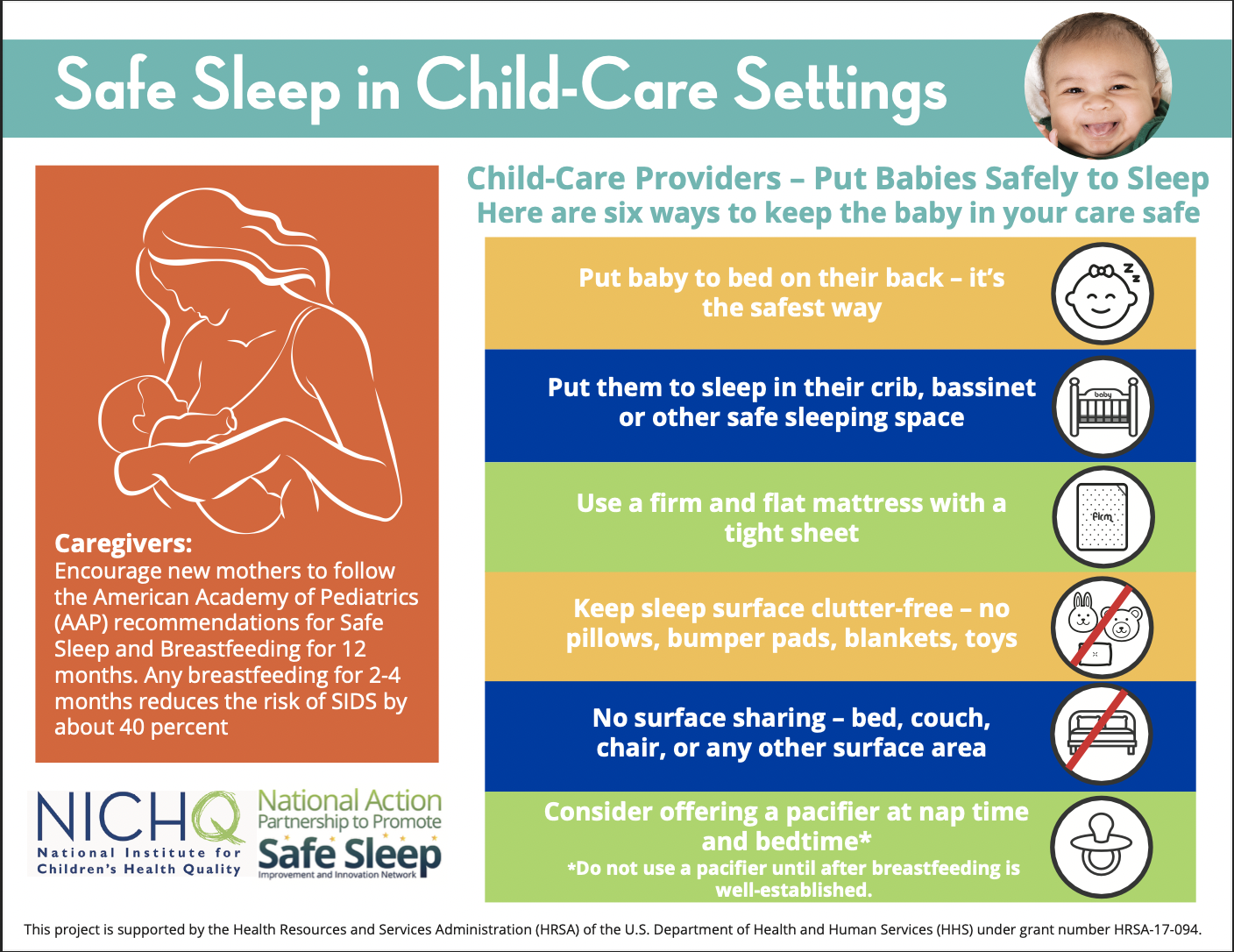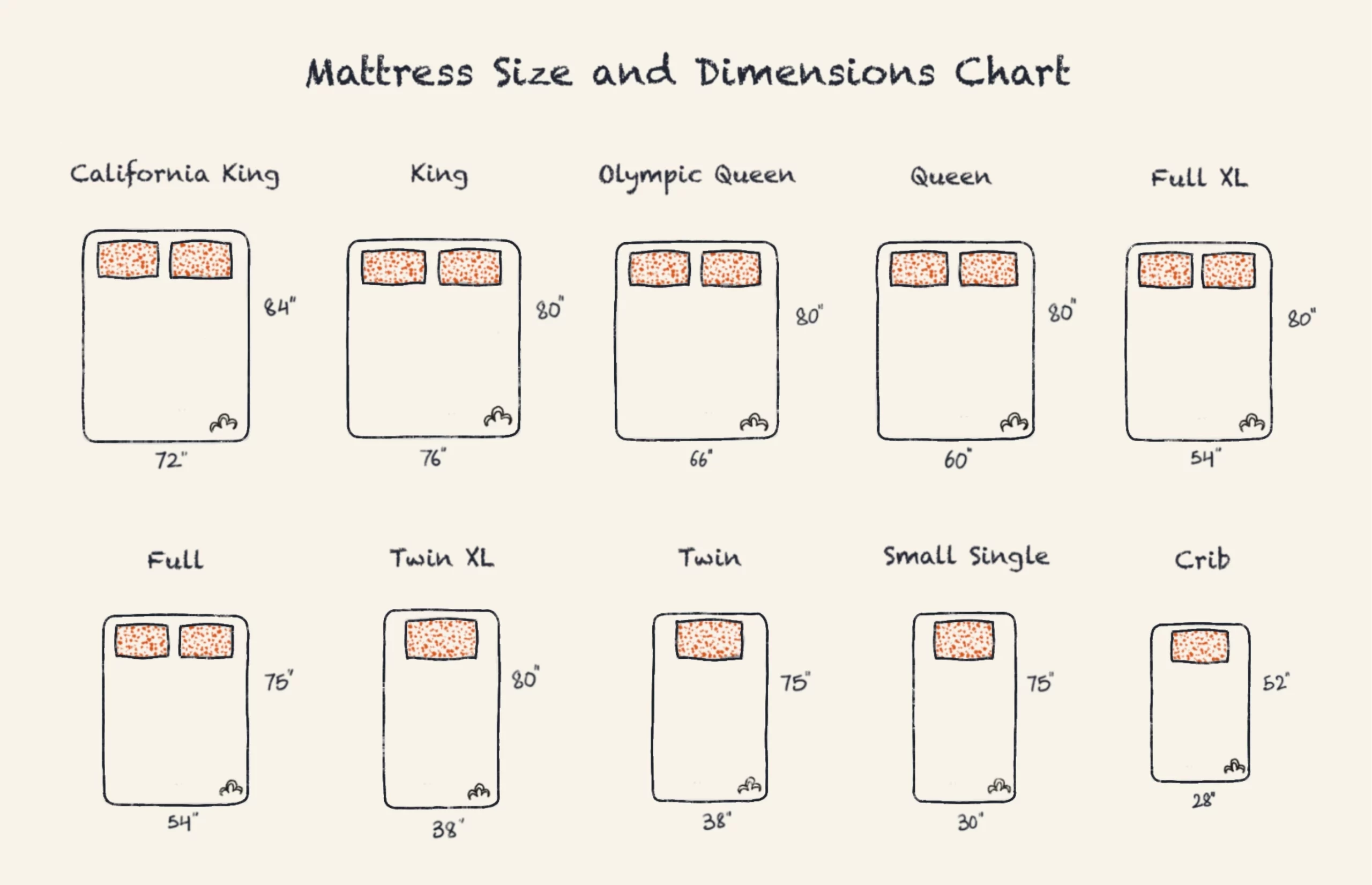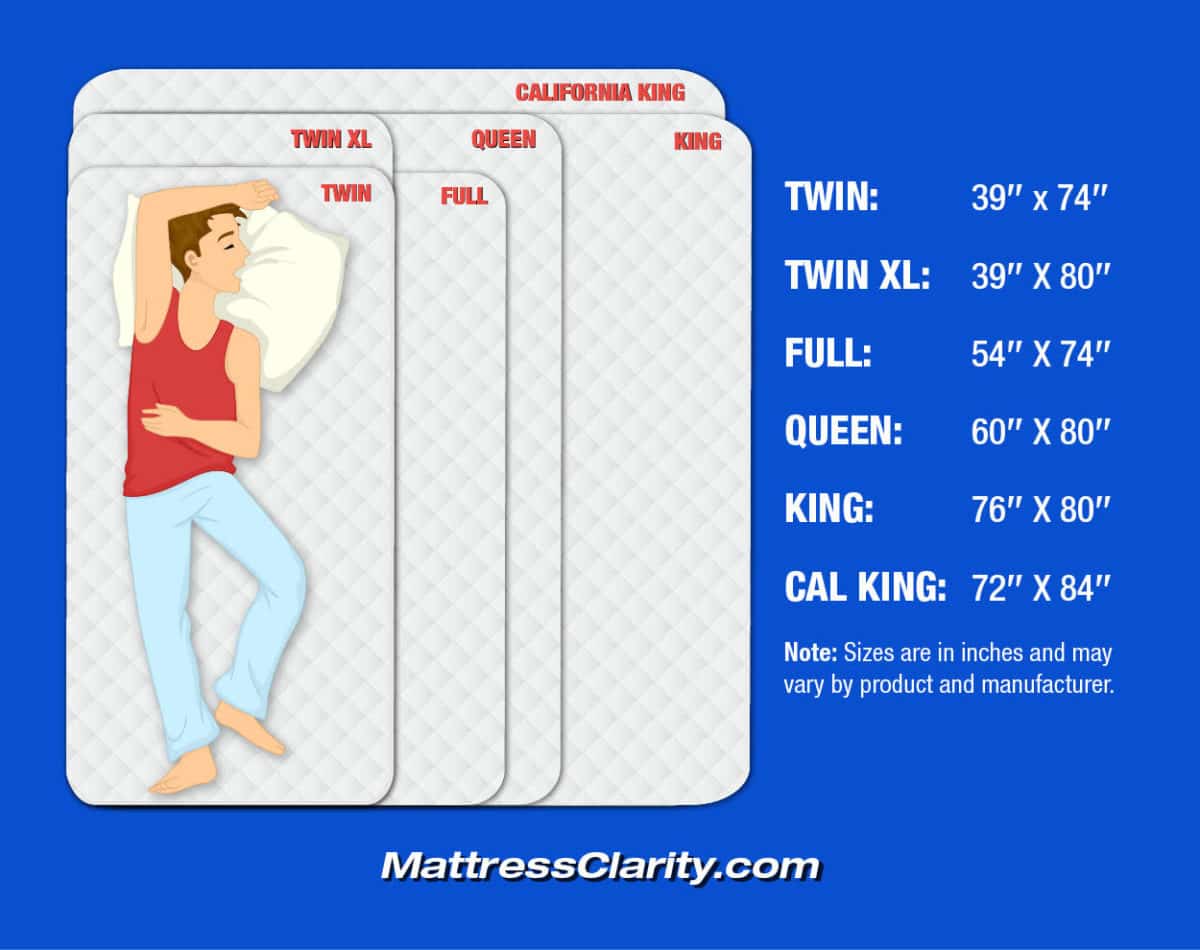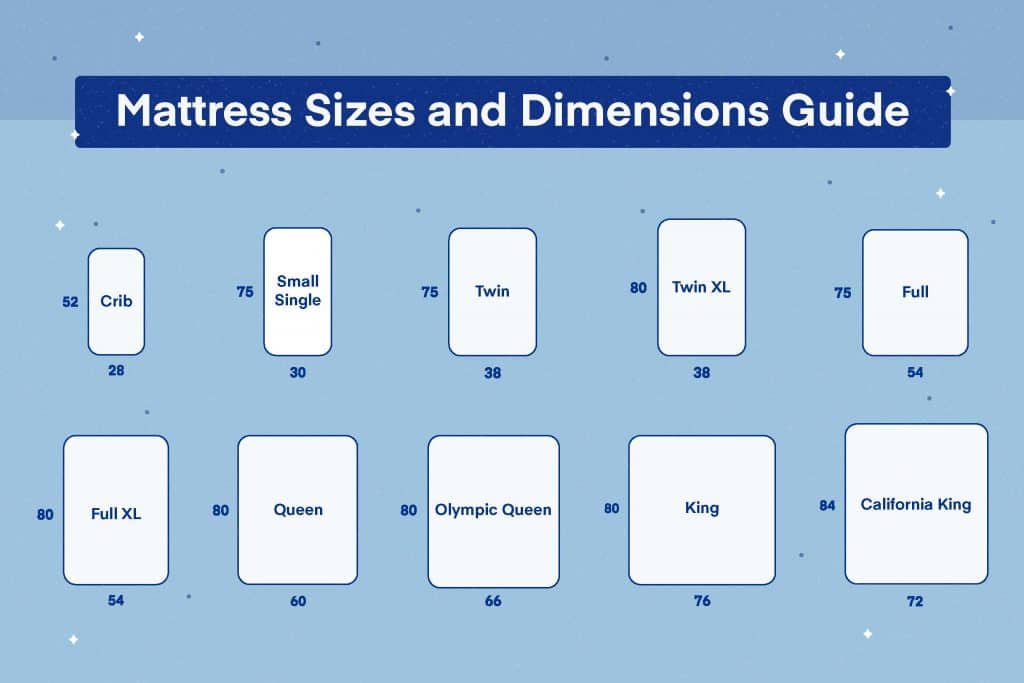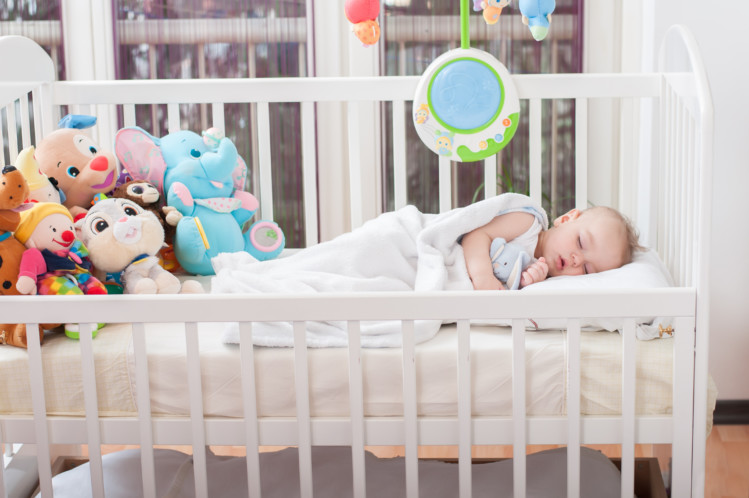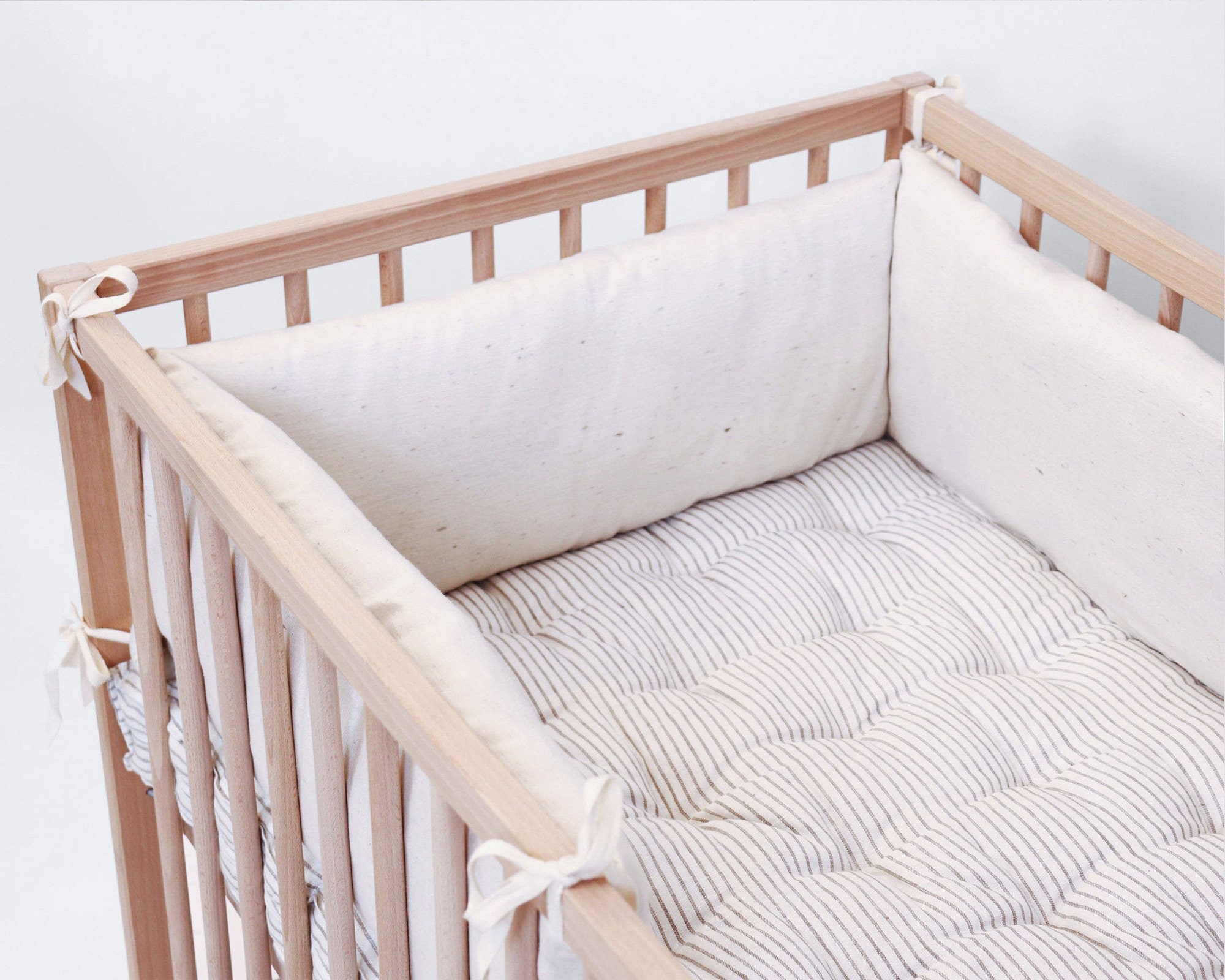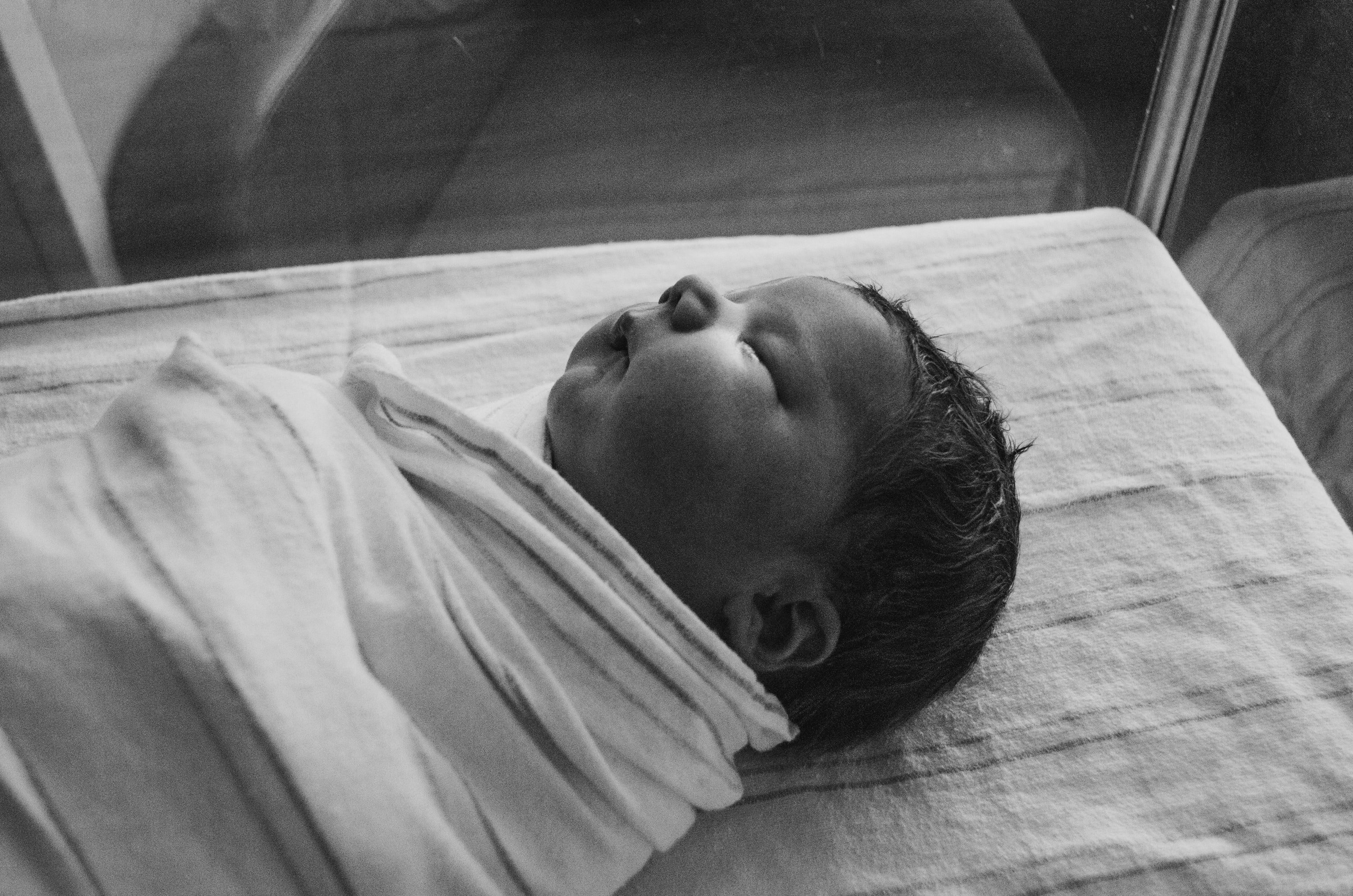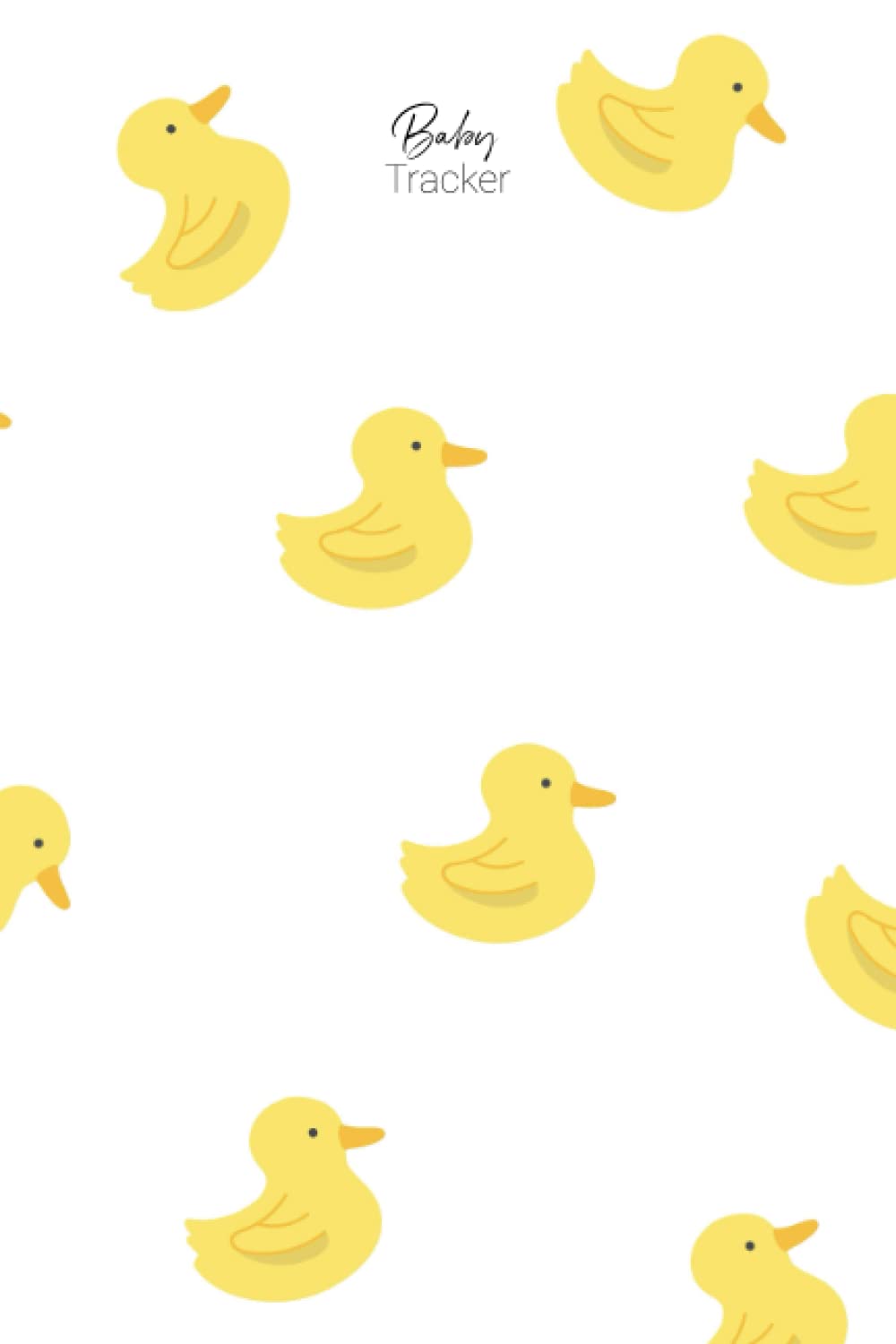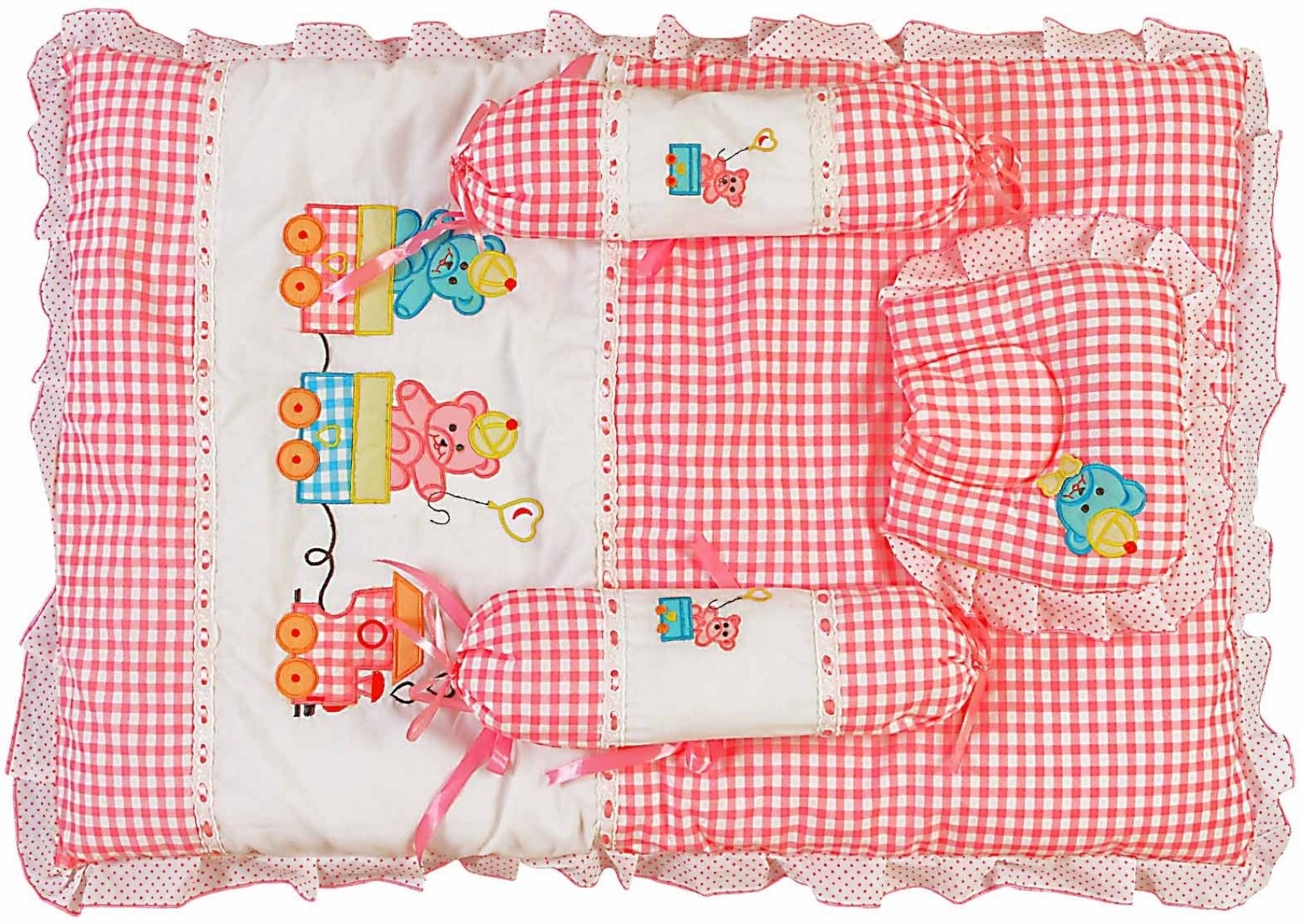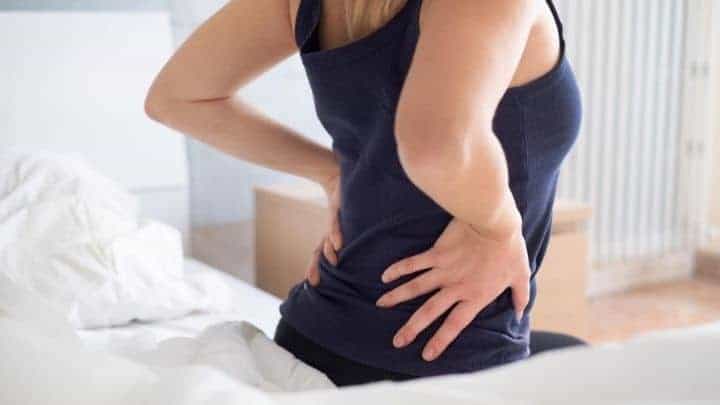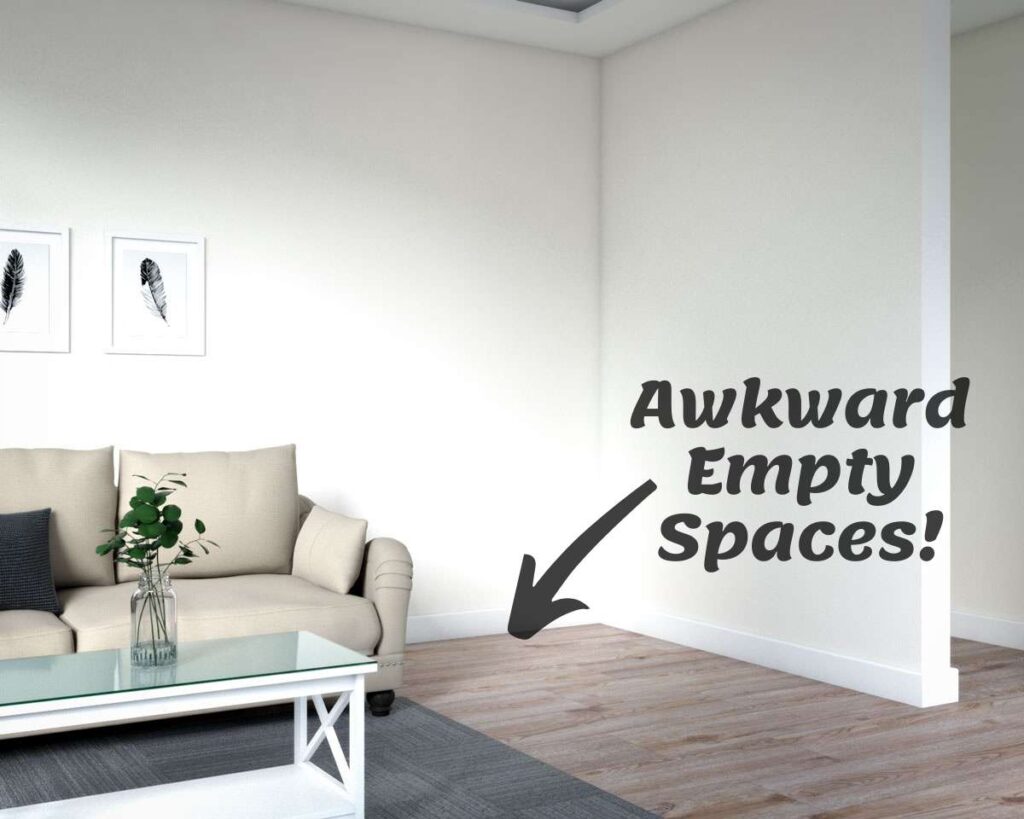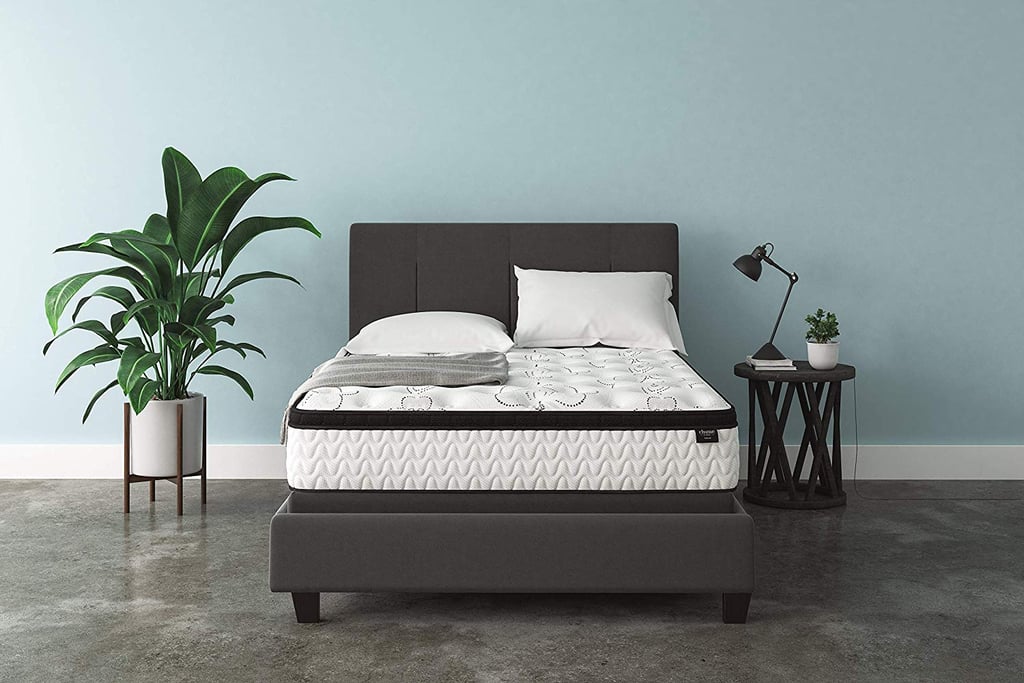If you are expecting a baby or have recently welcomed a little one into your life, one of the most important things to consider is their safety and comfort. This starts with their sleeping environment, and one key factor is the size of their mattress. The standard crib mattress size is designed to provide a safe and comfortable sleeping space for your baby. Typically, a standard crib mattress measures 28 inches wide by 52 inches long, with a thickness of around 5-6 inches. This size is recommended by the Consumer Product Safety Commission (CPSC) and is the most common size available in the market. A standard size mattress is designed to fit snugly into a standard crib, leaving no gaps between the mattress and the crib's sides. When shopping for a crib mattress, make sure to check the dimensions and ensure that it meets the standard size requirements. This will not only provide a safe sleep space for your baby but also give you more options when it comes to choosing sheets and bedding.1. Standard Crib Mattress Size: Safe for Your Baby
While a standard size crib mattress is the most common and recommended option, there are other sizes available in the market. These include mini crib mattresses, portable crib mattresses, and custom-sized mattresses. While these may seem like good alternatives, it's important to ensure that they meet safety standards and fit properly in your baby's crib. Mini crib mattresses, for example, are around 24 inches wide by 38 inches long and are designed for smaller cribs. They can be a good option if you have limited space, but make sure to check that it meets safety standards and fits snugly in your crib. Portable crib mattresses, on the other hand, are designed to be lightweight and easy to transport, but they may not meet the recommended thickness and firmness requirements for safe sleep. Custom-sized mattresses may also seem like a good option, especially if you have a non-standard or handmade crib. However, it's important to note that these may not meet safety standards, and it's best to stick with a standard size mattress for your baby's safety.2. Choosing the Right Size Mattress for Your Baby's Crib
When it comes to infants and toddlers, safety is always a top priority. This includes their sleeping environment, and the size of their mattress plays a crucial role. The recommended mattress size for infants is a standard crib mattress, while for toddlers, a standard toddler mattress is the best option. A toddler mattress is slightly larger than a standard crib mattress, measuring around 27 inches wide by 52 inches long. It's also thicker, usually around 6 inches, to provide better support for your growing toddler. However, it's important to note that a toddler mattress should only be used once your child has outgrown their crib and is sleeping in a toddler bed or regular bed.3. Safe Mattress Sizes for Infants and Toddlers
The recommended size for a baby mattress is a standard crib mattress. This size is not only the most common and easily available in the market, but it also meets safety standards set by the CPSC. A standard crib mattress provides a safe and comfortable sleeping space for your baby, with its firmness and thickness designed to reduce the risk of suffocation and Sudden Infant Death Syndrome (SIDS). Additionally, using a standard size mattress allows for a snug fit in the crib, leaving no gaps between the mattress and the sides of the crib. This is important for your baby's safety, as they can get trapped in these gaps and potentially suffocate or injure themselves. It also makes it easier to find sheets and bedding that fit properly, reducing the risk of loose bedding that can also pose a safety hazard.4. What is the Recommended Size for a Baby Mattress?
When it comes to your baby's mattress, safety should always be the top priority. However, it's also important to ensure that your little one is comfortable and getting a good night's sleep. This is where the right mattress size comes into play. A standard crib mattress is designed to provide a safe and comfortable sleep space for your baby. Its dimensions are carefully chosen to fit snugly in a standard crib and provide the right level of firmness and support for your little one's growing body. By choosing the right size mattress, you can ensure that your baby is not only safe but also comfortable as they rest and grow.5. Safe and Comfortable: Finding the Perfect Size for Your Baby's Mattress
Choosing the right size mattress for your baby is crucial for their safety and comfort. A mattress that is too small or too big can pose safety hazards, while one that is too soft or too firm can affect your baby's sleep quality. By following the recommended size guidelines, you can provide your baby with a safe and comfortable sleep environment, promoting healthy growth and development. It's also important to choose a mattress that is the right size for your baby's crib. A standard crib mattress is designed to fit snugly in a standard crib, leaving no gaps that can pose a safety risk. It's best to avoid using additional padding or bedding that can also create gaps and pose a suffocation risk for your baby.6. The Importance of Choosing the Right Size Mattress for Your Baby
Ensuring that your baby has a safe sleep environment is crucial for their well-being. This means not only following safe sleep practices, such as placing your baby on their back to sleep and avoiding loose bedding, but also choosing the right size mattress for their crib. A standard crib mattress is recommended for a reason – it meets safety standards and provides a safe and comfortable sleeping space for your baby. Other mattress sizes may seem like good options, but it's important to ensure that they meet safety standards and fit properly in your baby's crib. By understanding the size requirements for baby mattresses, you can make an informed decision and provide your little one with a safe and sound sleep environment.7. Safe Sleep: Understanding the Size Requirements for Baby Mattresses
When shopping for a baby mattress, it's important to know the dimensions of your baby's crib and ensure that the mattress fits properly. To measure for the perfect size mattress, start by measuring the inside of your crib from the inside edges of the crib's sides. This will give you the width and length measurements, which should correspond to the standard crib mattress size of 28 inches by 52 inches. It's also important to consider the thickness of the mattress. A standard crib mattress should be around 5-6 inches thick to provide the right level of support and firmness for your baby. By measuring for the perfect size mattress, you can ensure that your little one has a safe and comfortable sleep space.8. How to Measure for the Perfect Size Baby Mattress
As a parent, your baby's safety is always a top priority. This includes their sleeping environment, and the right size mattress plays a crucial role in providing a safe and comfortable sleep space for your little one. By following the recommended size guidelines and ensuring that the mattress fits properly in your baby's crib, you can give yourself peace of mind and promote safe and sound sleep for your baby. It's also important to regularly check the mattress for any signs of wear and tear, and replace it as needed to maintain a safe and comfortable sleep environment for your little one.9. Safe and Sound: Finding the Right Size Mattress for Your Baby's Crib
When it comes to your baby's mattress, the best size is the one that meets safety standards and fits properly in their crib. A standard crib mattress is recommended for a reason – it provides a safe and comfortable sleeping space for your baby. By understanding the importance of size requirements and choosing the right size mattress, you can provide your little one with a safe and sound sleep environment and promote healthy growth and development. Remember, your baby will spend a lot of time sleeping during their first year of life, so it's important to invest in a high-quality mattress that meets safety standards and provides the right level of support and comfort for your little one. With the right size mattress, you can rest easy knowing that your baby is sleeping safely and soundly. 10. The Best Size Mattress for Your Baby's Safety and Comfort
The Importance of Choosing the Right Size for Your Baby's Mattress
/284559-article-a-guide-to-the-standard-crib-mattress-size-5ac50d3ac5542e0037d552d1.png)
Creating a Safe and Comfortable Sleeping Environment
 As a new parent, one of the most important decisions you will make is choosing the right size for your baby's
mattress
. Your baby will spend a significant amount of time sleeping during their first few years of life, and it is crucial to provide them with a safe and comfortable sleeping environment. The size of your baby's mattress is a critical factor in ensuring their safety and promoting healthy sleep habits.
As a new parent, one of the most important decisions you will make is choosing the right size for your baby's
mattress
. Your baby will spend a significant amount of time sleeping during their first few years of life, and it is crucial to provide them with a safe and comfortable sleeping environment. The size of your baby's mattress is a critical factor in ensuring their safety and promoting healthy sleep habits.
Preventing Suffocation and SIDS
 According to the American Academy of Pediatrics, the safest sleeping position for infants is on their
back
. This reduces the risk of suffocation and sudden infant death syndrome (SIDS). However, if your baby's mattress is too large, they may accidentally roll onto their stomach or side, increasing the risk of suffocation. Additionally, a mattress that is too small may create gaps between the mattress and the crib, posing a suffocation hazard. It is crucial to choose a
safe size
for your baby's mattress to prevent these potential dangers.
According to the American Academy of Pediatrics, the safest sleeping position for infants is on their
back
. This reduces the risk of suffocation and sudden infant death syndrome (SIDS). However, if your baby's mattress is too large, they may accidentally roll onto their stomach or side, increasing the risk of suffocation. Additionally, a mattress that is too small may create gaps between the mattress and the crib, posing a suffocation hazard. It is crucial to choose a
safe size
for your baby's mattress to prevent these potential dangers.
Ensuring Proper Support and Comfort
 Another essential factor to consider when choosing the right size for your baby's mattress is proper support and comfort. Infants need a firm and supportive sleeping surface to promote healthy growth and development. A mattress that is too small may not provide adequate support, leading to discomfort and potential health issues. On the other hand, a
mattress
that is too large may create uncomfortable dips or gaps, causing discomfort and disrupting your baby's sleep.
Another essential factor to consider when choosing the right size for your baby's mattress is proper support and comfort. Infants need a firm and supportive sleeping surface to promote healthy growth and development. A mattress that is too small may not provide adequate support, leading to discomfort and potential health issues. On the other hand, a
mattress
that is too large may create uncomfortable dips or gaps, causing discomfort and disrupting your baby's sleep.
Choosing the Right Size for Your Baby's Crib
 When selecting a
mattress
for your baby's crib, it is essential to follow the manufacturer's guidelines and choose a mattress that fits snugly in the crib. The mattress should not have more than two-finger width of space between it and the crib's sides. This ensures that your baby cannot get trapped between the mattress and the crib, reducing the risk of suffocation. Additionally, a properly fitting mattress will provide the necessary support and comfort for your baby's sleep.
When selecting a
mattress
for your baby's crib, it is essential to follow the manufacturer's guidelines and choose a mattress that fits snugly in the crib. The mattress should not have more than two-finger width of space between it and the crib's sides. This ensures that your baby cannot get trapped between the mattress and the crib, reducing the risk of suffocation. Additionally, a properly fitting mattress will provide the necessary support and comfort for your baby's sleep.
In Conclusion
 In conclusion, choosing the right size for your baby's
mattress
is crucial for creating a safe and comfortable sleeping environment. It is essential to follow the manufacturer's guidelines and ensure a snug fit in the crib to prevent suffocation and promote healthy sleep habits. By carefully considering the size of your baby's mattress, you can provide them with the best possible sleeping experience, promoting their overall well-being.
In conclusion, choosing the right size for your baby's
mattress
is crucial for creating a safe and comfortable sleeping environment. It is essential to follow the manufacturer's guidelines and ensure a snug fit in the crib to prevent suffocation and promote healthy sleep habits. By carefully considering the size of your baby's mattress, you can provide them with the best possible sleeping experience, promoting their overall well-being.
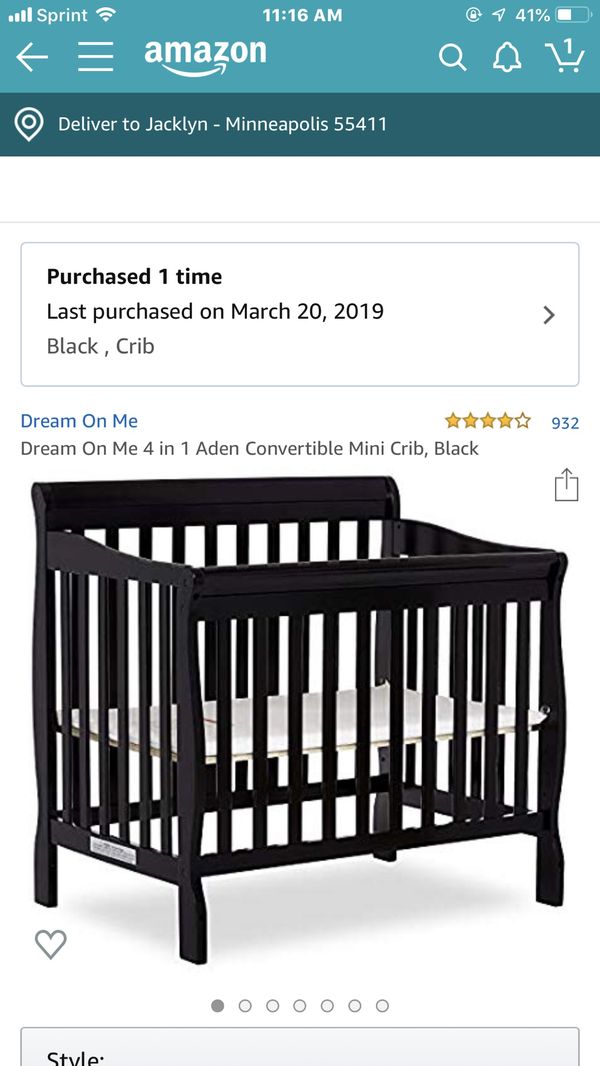



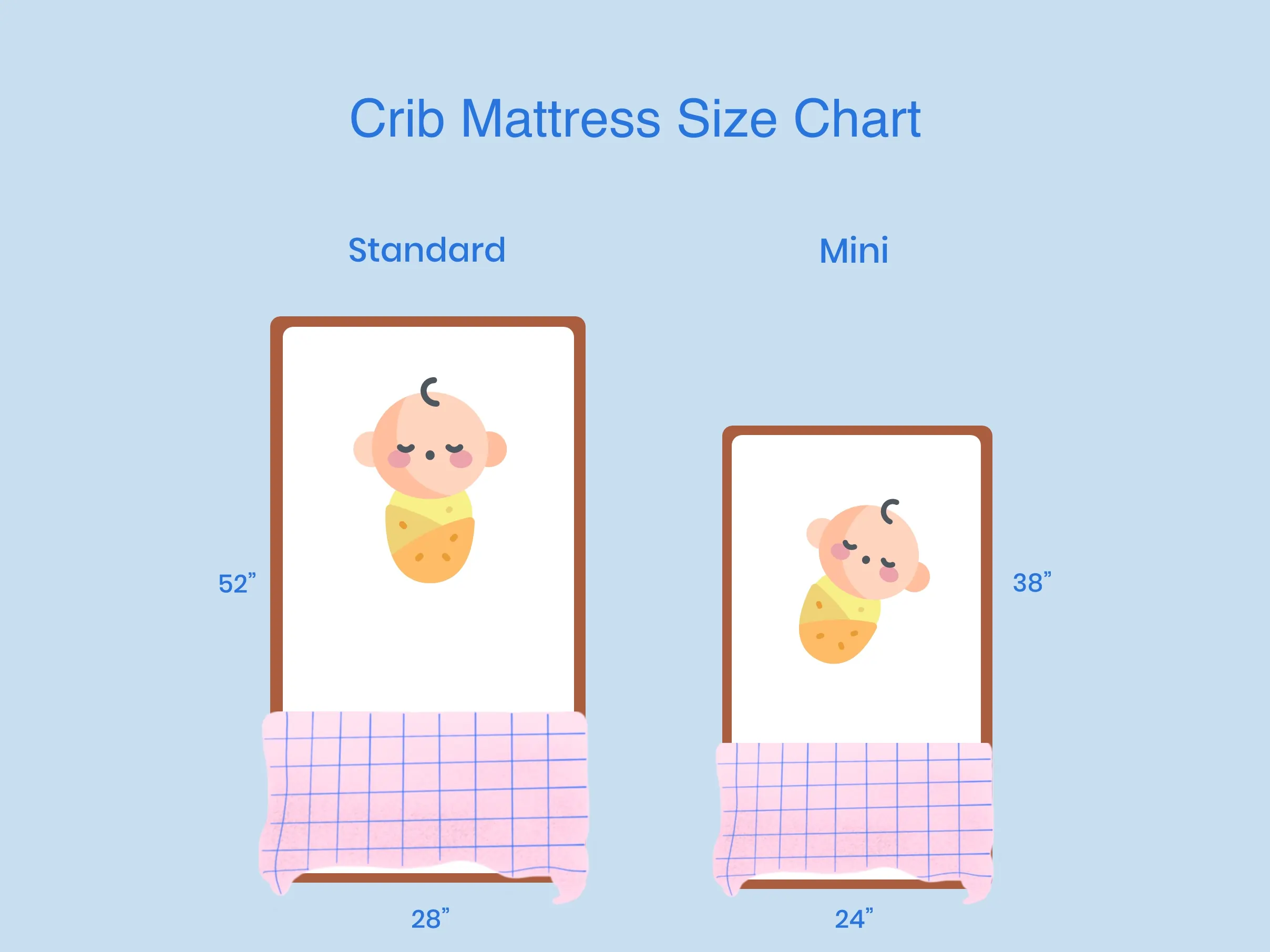
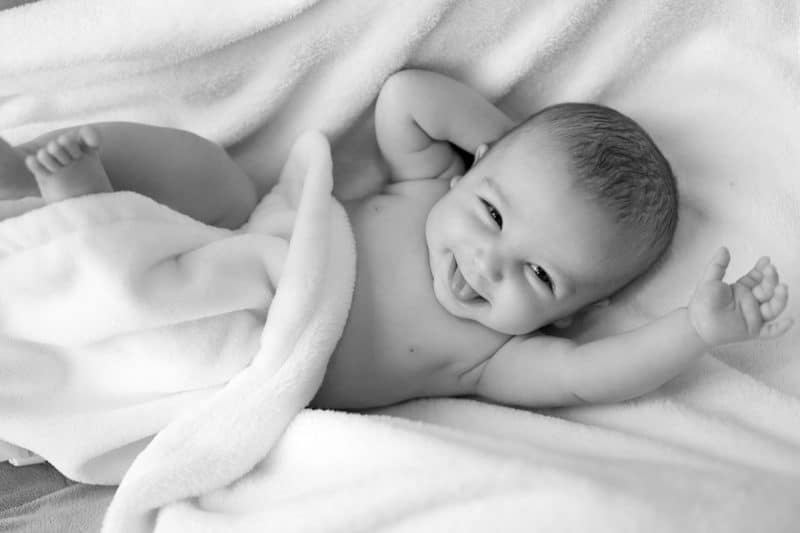
/284559-article-a-guide-to-the-standard-crib-mattress-size-5ac50d3ac5542e0037d552d1.png)
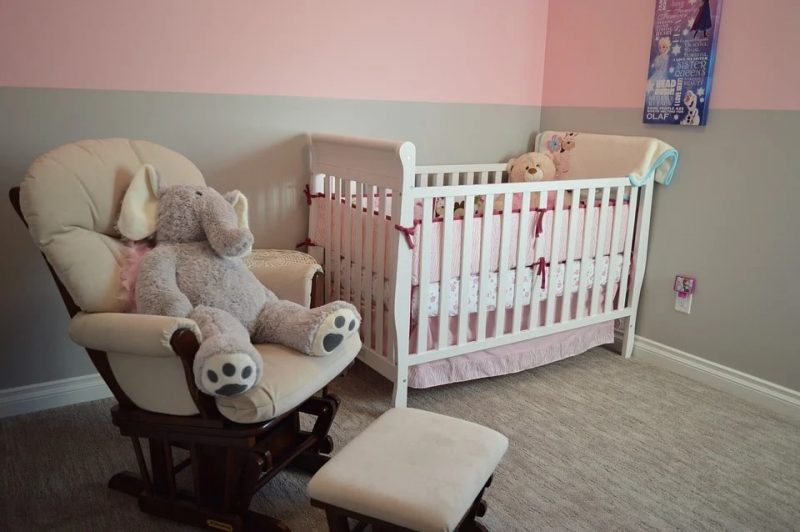
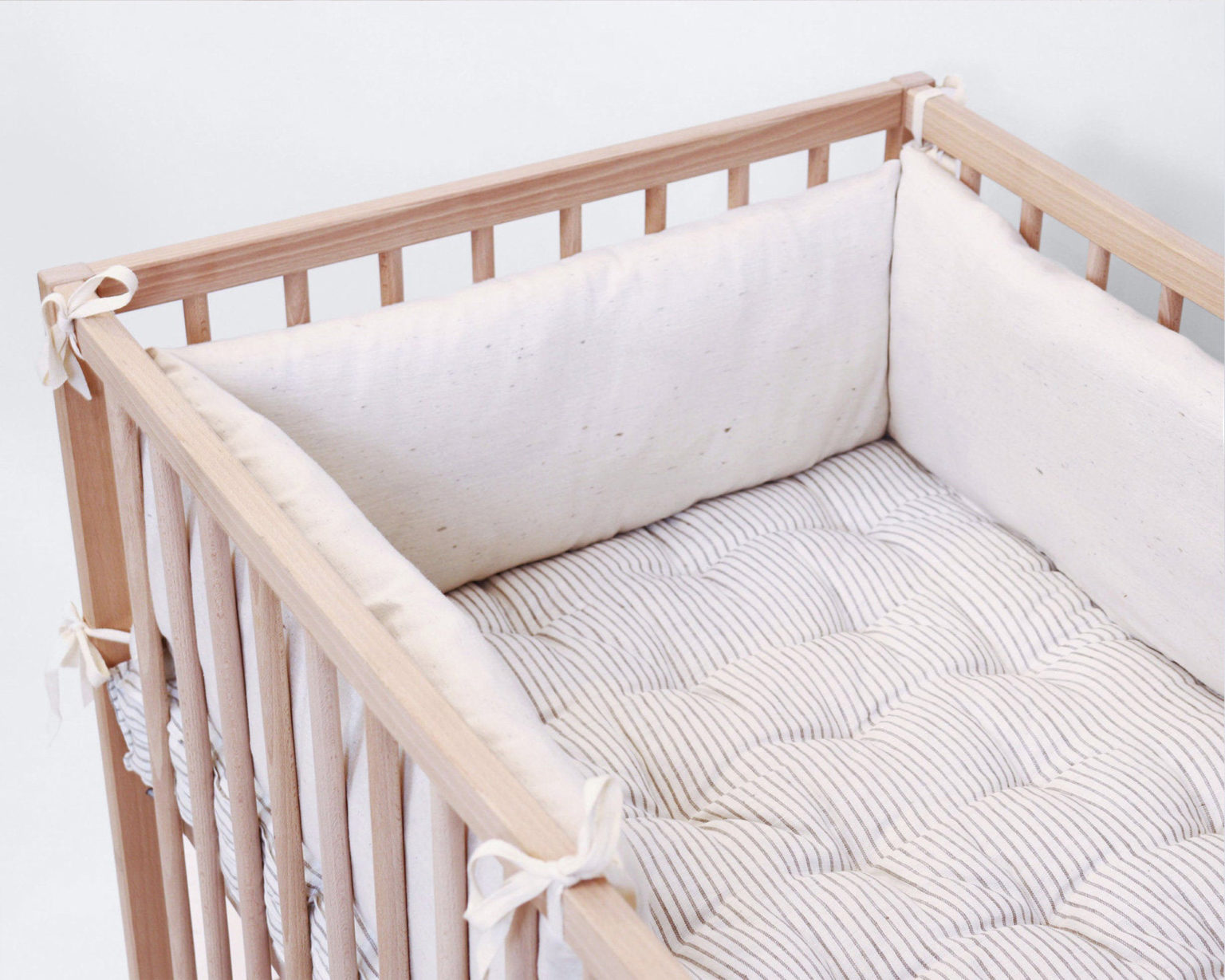

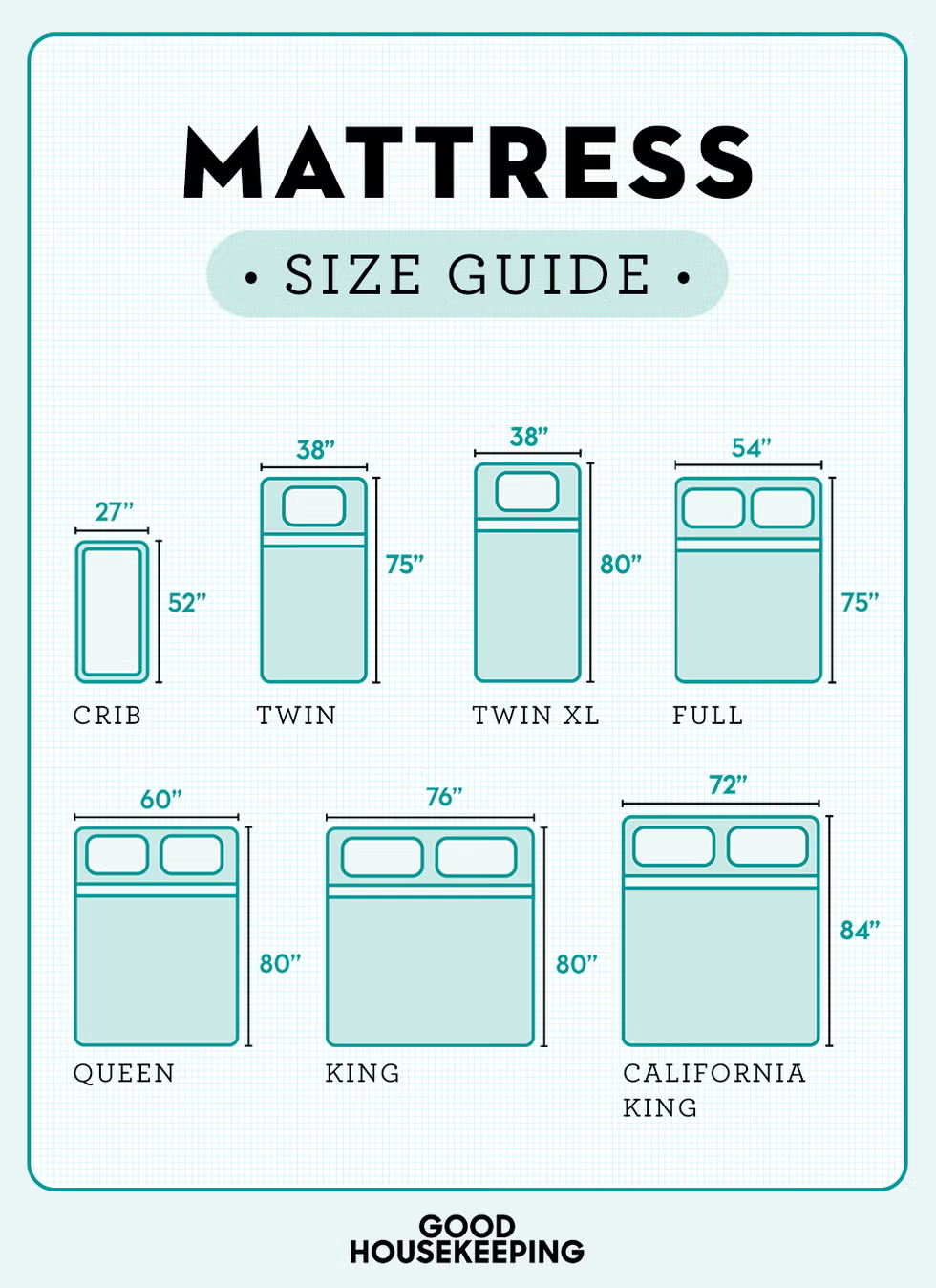

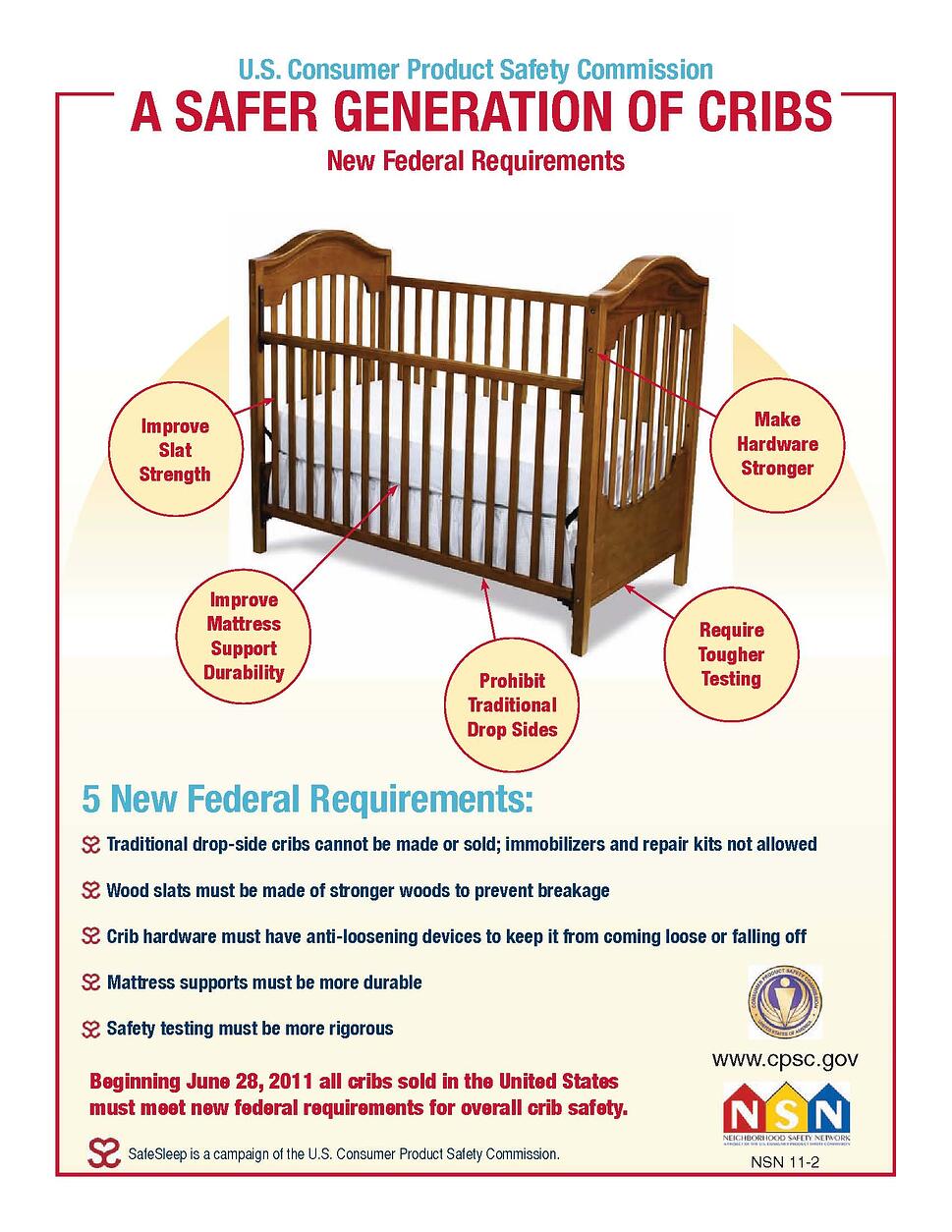

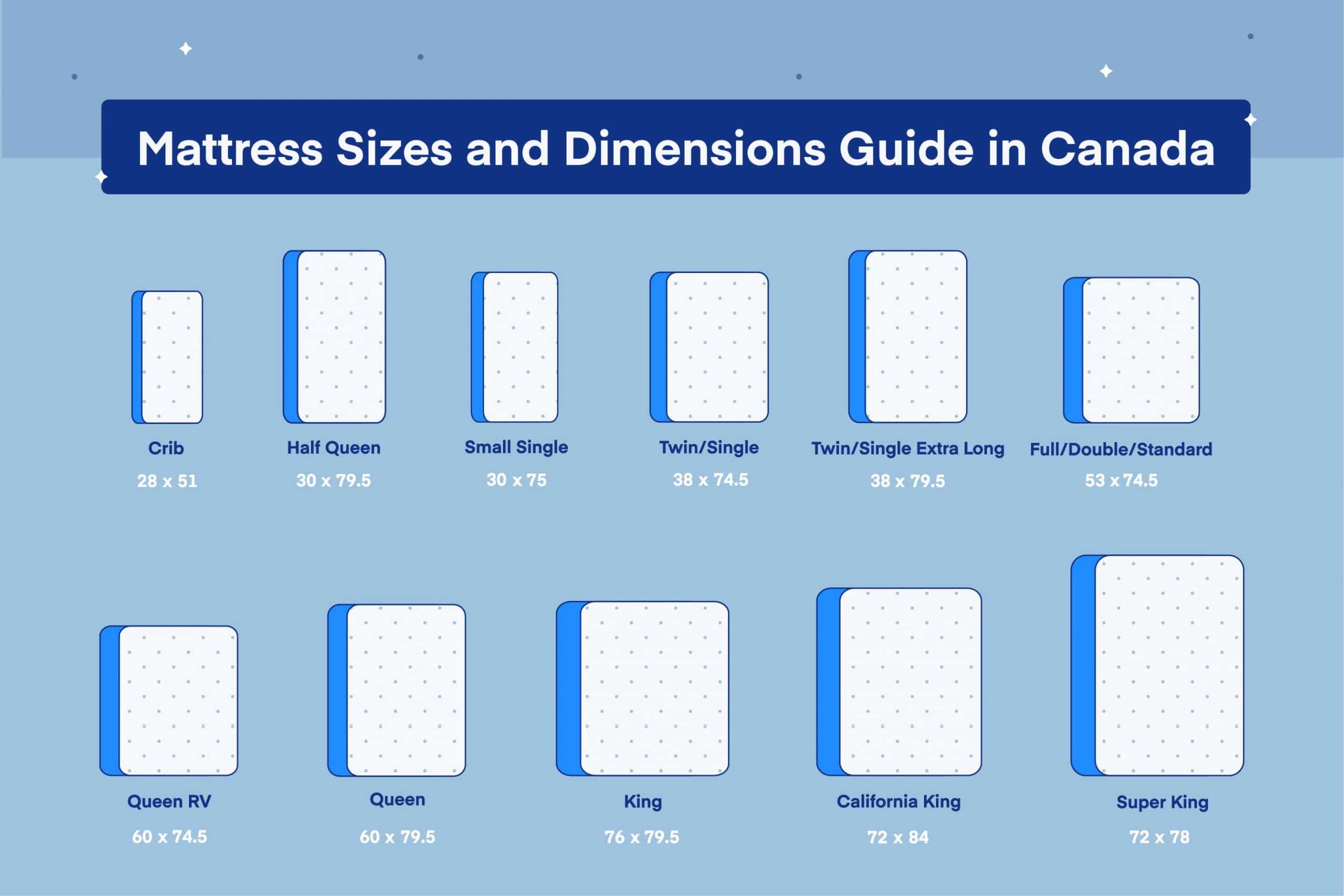






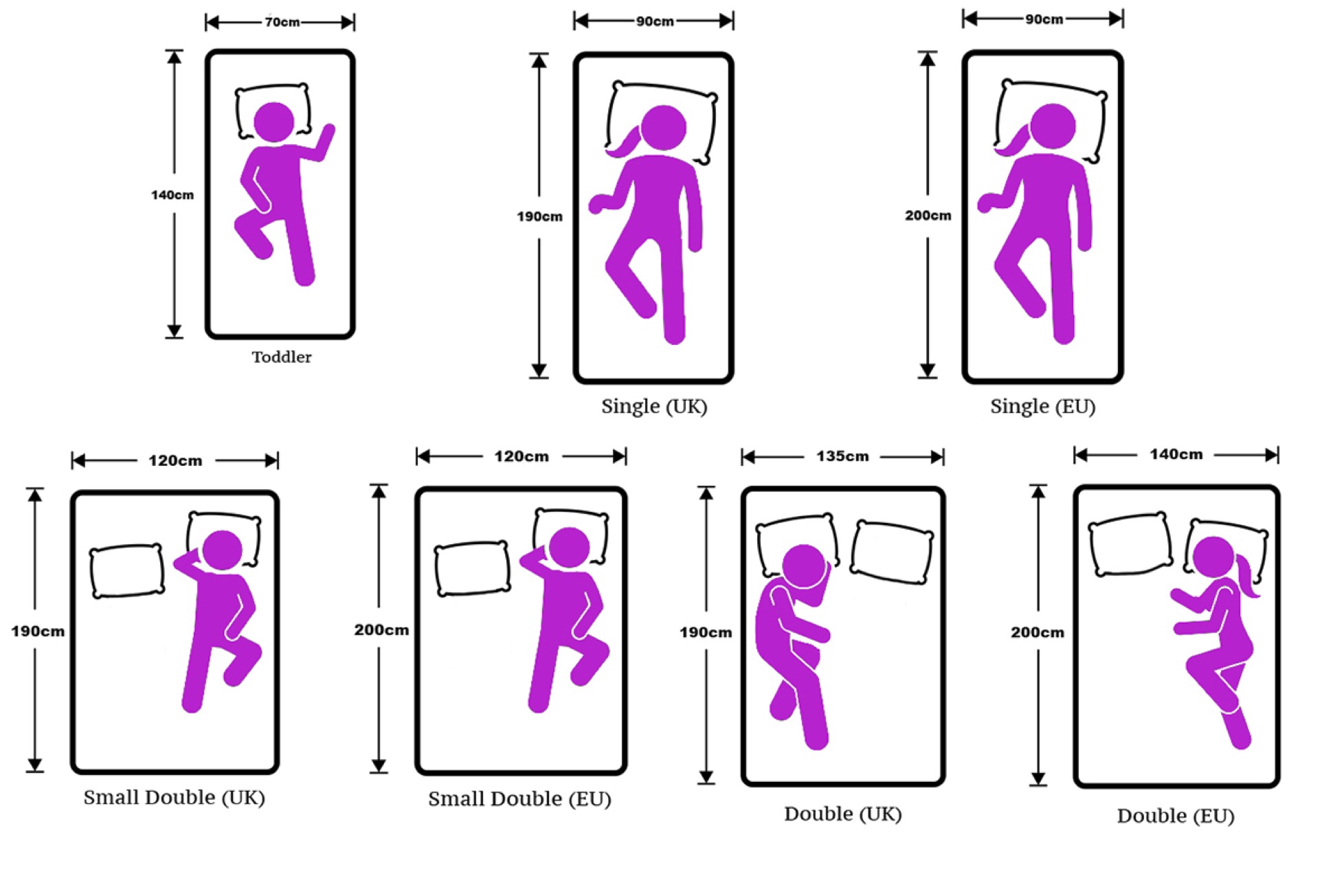

:max_bytes(150000):strip_icc()/284559-article-a-guide-to-the-standard-crib-mattress-size-5ac50d3ac5542e0037d552d1.png)
